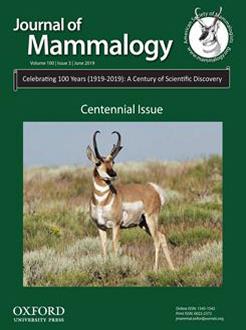Mammals are imperiled worldwide. Threats to terrestrial species are primarily from habitat loss or modification, and in some instances from commercial, illegal, or unregulated hunting. Terrestrial species are negatively affected throughout the tropics from deforestation. Threats to marine mammals are related to harvest, strikes in shipping lanes, pollution, and depleted levels of food resources. Hazards to marine species are pronounced in the North Atlantic Ocean, North Pacific Ocean, and oceans and seas flanking southeastern Asia. Protected areas designed to conserve mammals often are too small, too few, poorly delimited or isolated, and too unreliably supported. The new conservation science proposes that human livelihoods be considered alongside traditional preservationist perspectives. For conservation outside of protected areas to succeed, the protection of wild mammals and their habitats should result in benefit to local people, especially in rural or poor communities. Concerns about declining populations of large mammals in North America during the late 19th and early 20th centuries resulted in the institution of regulations that contributed to the recovery of many populations. Today, in North America and Europe, wild populations are thriving and legal hunting is allowed for a number of mammals, something that is less common in many developing countries, where illegal killing remains a threat to conservation. Nevertheless, populations of large mammals are resilient to regulated hunting because of density-dependent processes that result in increased reproduction, survival, and growth rates. Unfortunately, hunting is unregulated for cultural and economic reasons over much of the Earth. We are beginning to see effects of climate change and invasive species on risk of extinction for many species. The future of mammals, however, is entwined ultimately with the size, growth, and resource demands of the human population.
How to translate text using browser tools
11 July 2019
Conservation of the world's mammals: status, protected areas, community efforts, and hunting
R. Terry Bowyer,
Mark S. Boyce,
Jacob R. Goheen,
Janet L. Rachlow
ACCESS THE FULL ARTICLE

Journal of Mammalogy
Vol. 100 • No. 3
July 2019
Vol. 100 • No. 3
July 2019
conservation
density dependence
extinction
habitat
harvest
human-occupied landscapes
hunting





